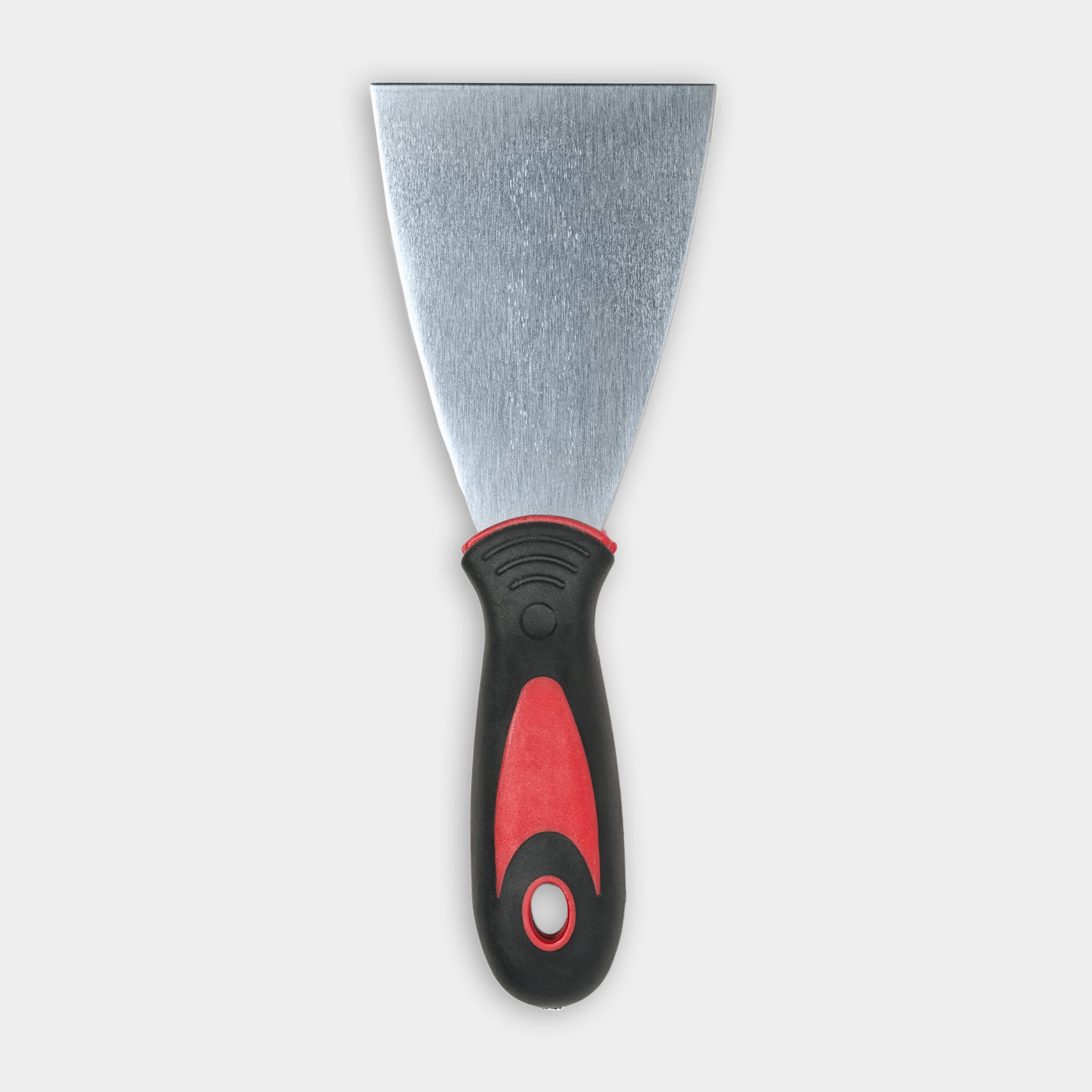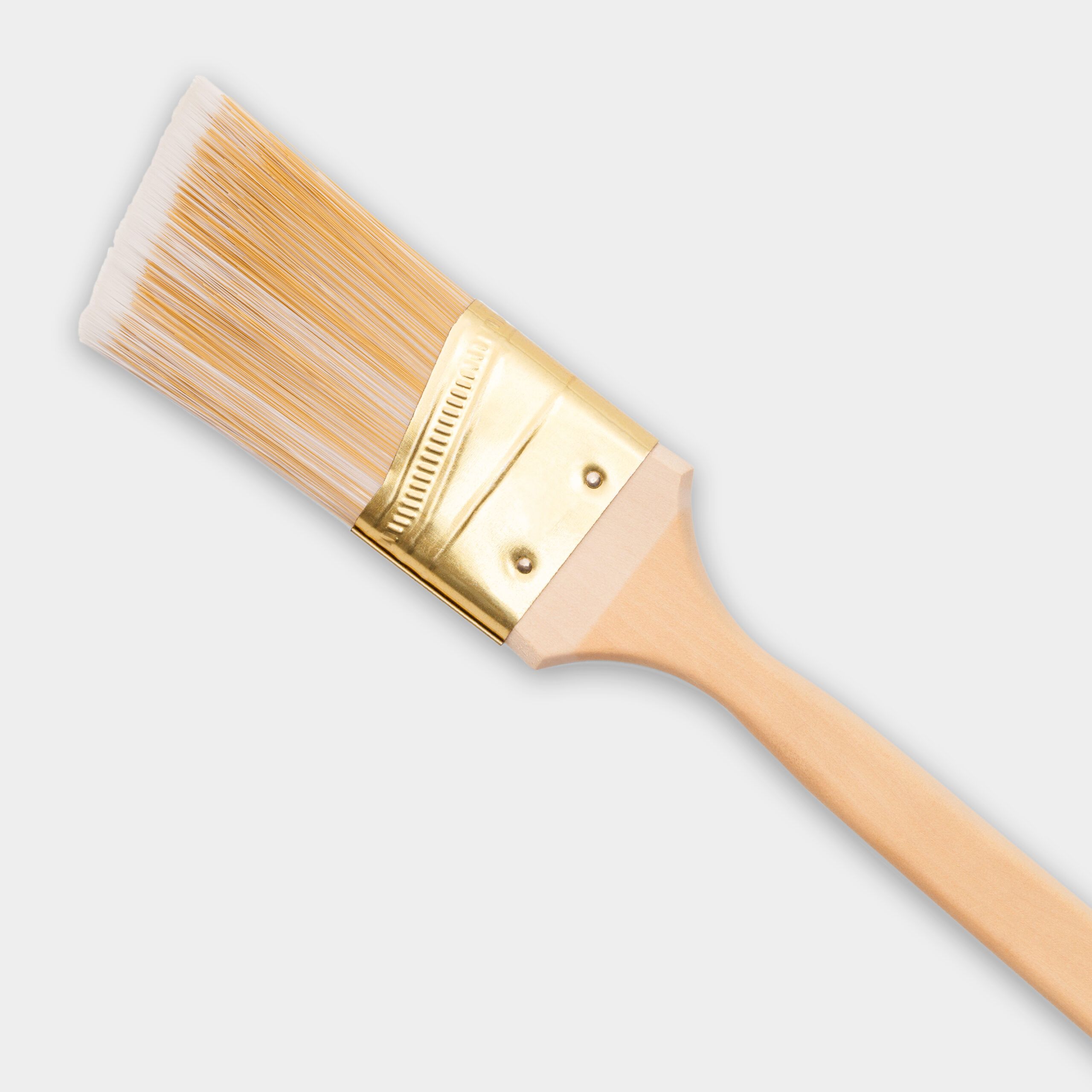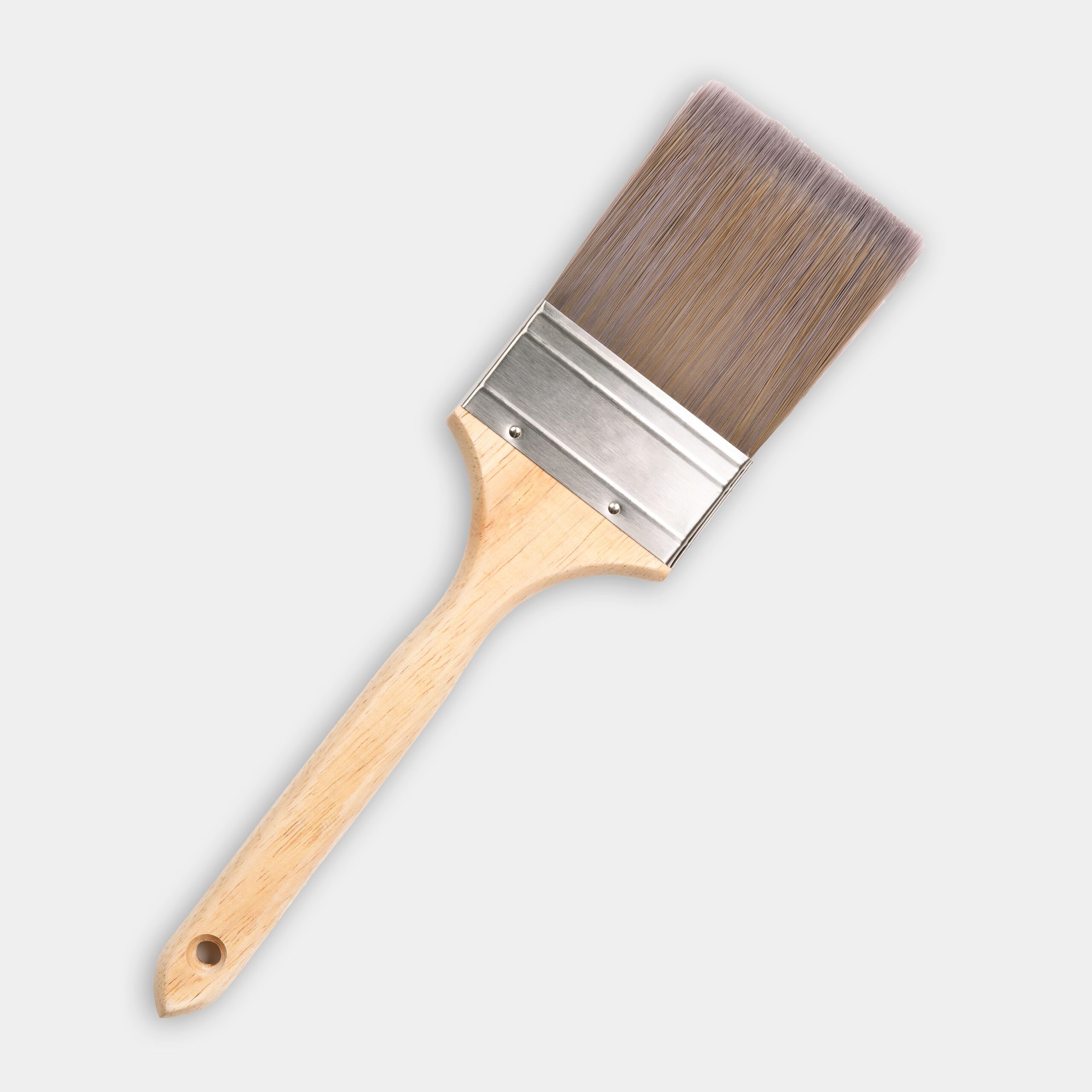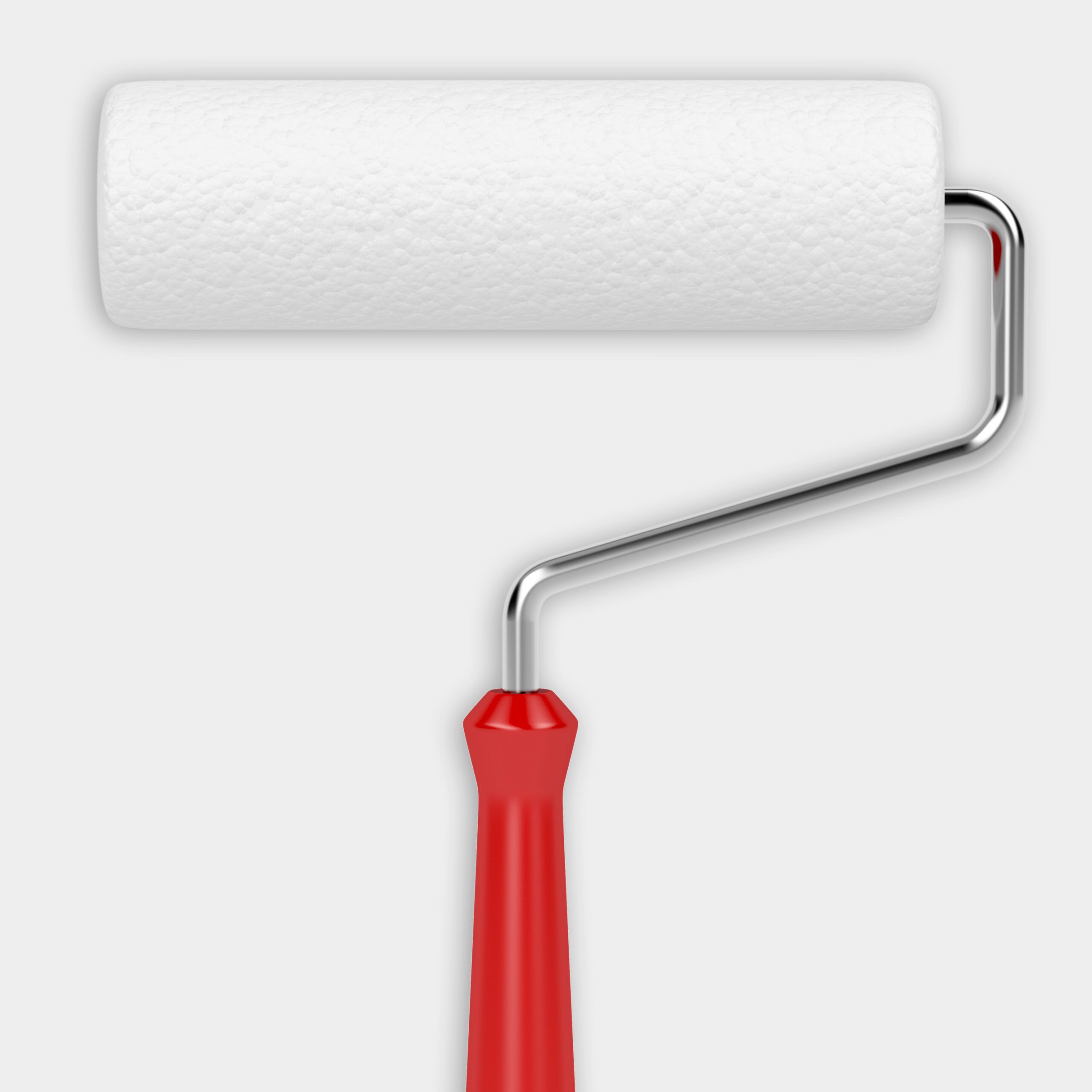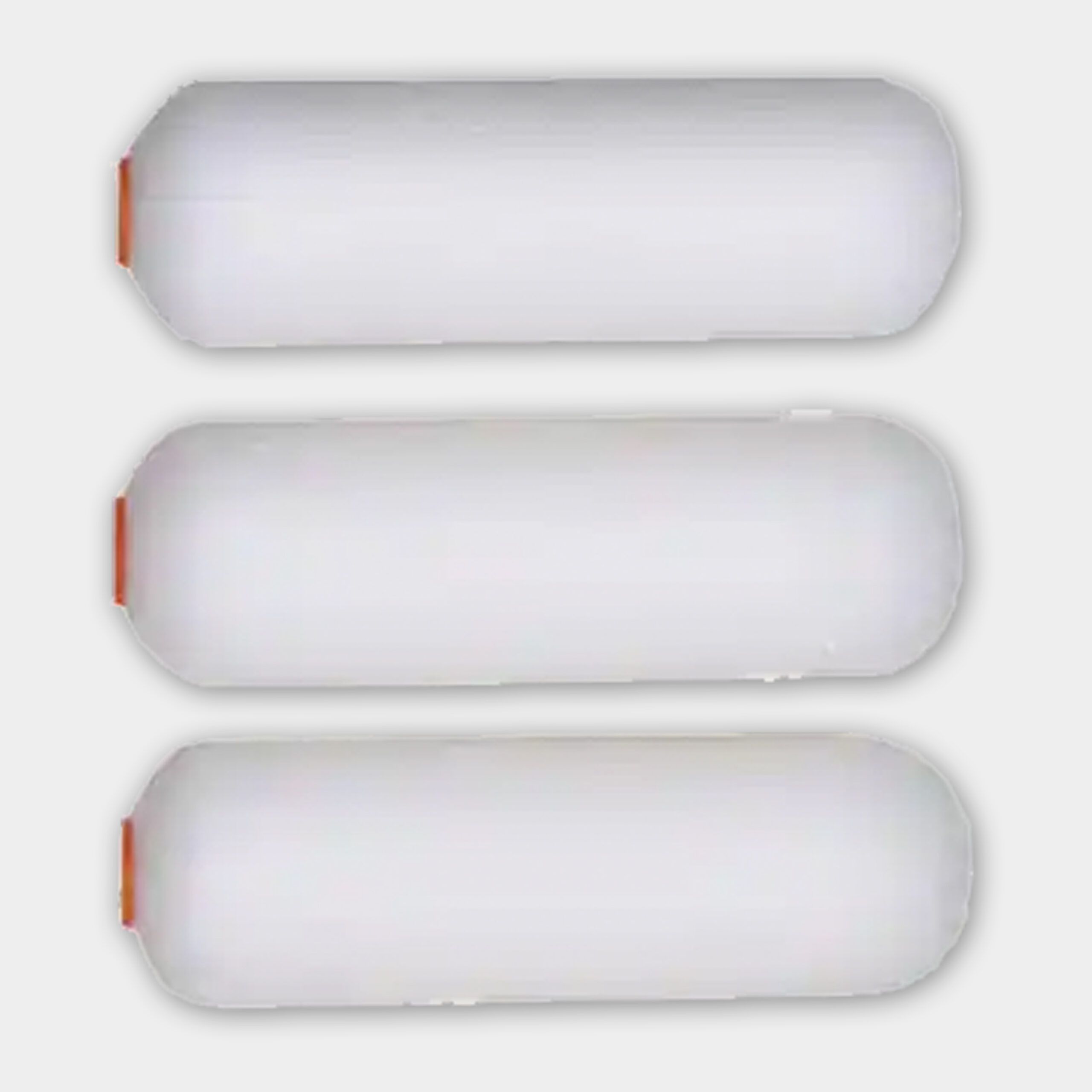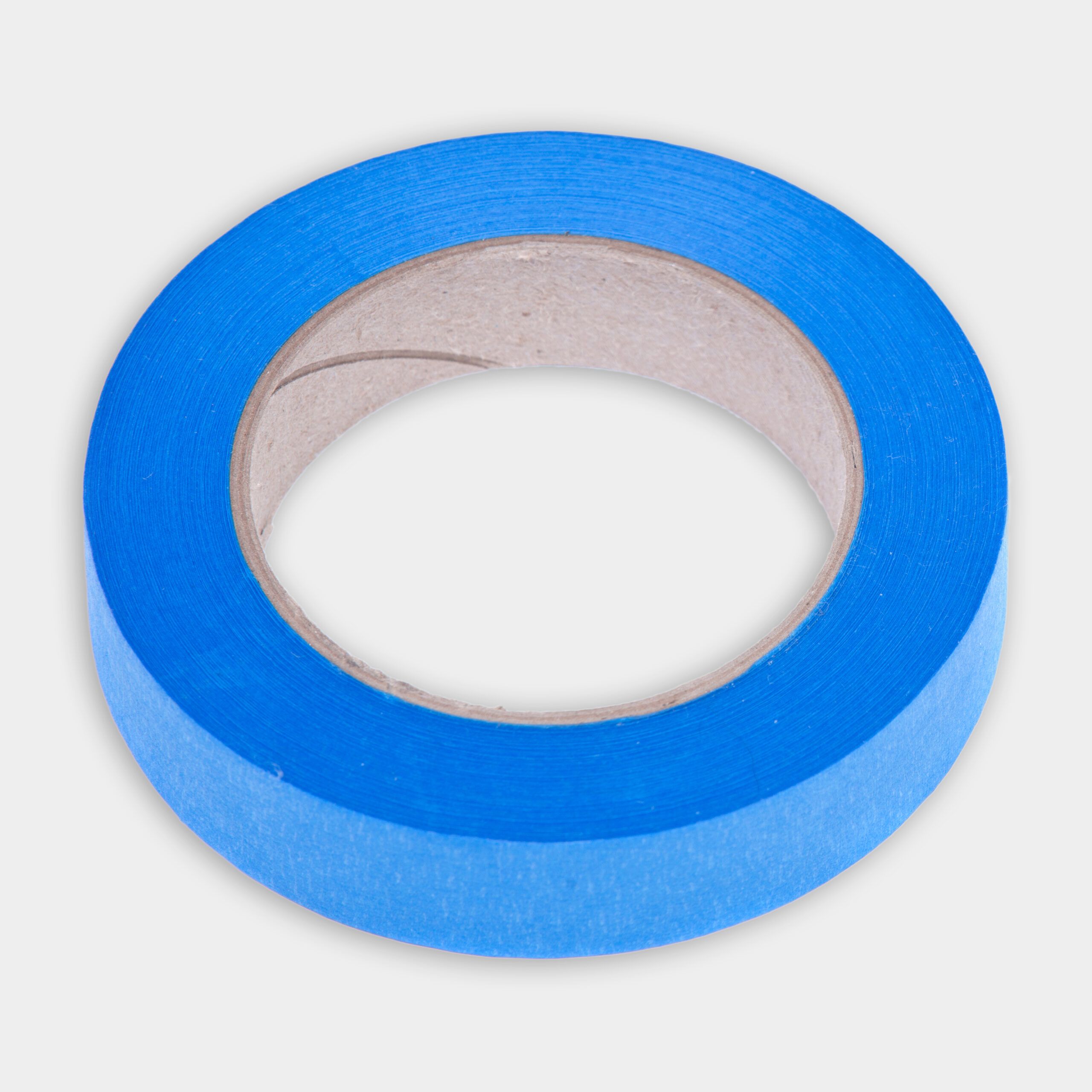We may be compensated if you purchase through links on our website. Our team is committed to delivering honest, objective, and independent reviews on home products and services.
Painting your front door is an easy and affordable way to boost your home’s curb appeal. It can transform your entryway, make an impression on visitors, and even catch the attention of passersby. You only need a few tools to prepare, prime, paint, and finish your front door. Read how to get the job done in our step-by-step guide below, and watch This Old House painting expert Mauro Henrique help a homeowner paint her front door in the video above.
Preparing to Paint Your Front Door
Gather the tools and materials you’ll need before starting your project to make the process seamless.
Gathering Materials and Tools
You’ll need the materials and tools below to paint your front door.
- 220-grit sandpaper
- Angled nylon paint brushes (2-inch and 4-inch)
- Drop cloth
- Oil-based primer
- Oil-based exterior paint
- Paint rollers and roller sleeves
- Painter’s tape
- Putty knife
- Rosin paper
- Tack cloth
- Wood filler
Protecting the Surrounding Area
Protect the area around your door by following the steps below.
- Cover glass panes with rosin paper and secure it with painter’s tape.
- Cover any furniture or plants to prevent accidental paint splashes.
- Lay a drop cloth under the door to catch any drips.
- Use painter’s tape to cover the doorknob, deadbolt, and any other hardware.
Preparing the Door Surface
Follow the steps below to prepare your door surface before you begin painting.
- Use a putty knife to fill any holes or cracks with wood filler.
- Once the filler is dry, sand the entire door surface lightly with 220-grit sandpaper.
- Wipe away dust with a tack cloth so that you have a clean surface on which you can paint.
Preparing the surface helps the paint to adhere more successfully and enhances the appearance of your work.
Priming the Front Door
Priming the door helps the paint to last longer. An exterior-grade oil-based primer is best for front doors. If you’re using darker paint colors, tint the primer to improve coverage. This will help you to achieve a more vibrant and consistent final color.
Use the techniques below to apply the primer:
- Start with the door’s recessed panels, and use a brush to get into corners and details.
- Use a roller for large and flat areas to get even coverage.
- Apply a thin, even coat, and allow it to dry completely before you proceed.
Let the primer dry for as long as the manufacturer recommends. Applying a second coat of primer may be helpful in some cases, especially if the door’s previous color was very dark, or if the door material is porous.
Painting the Front Door
Now that you’ve finished preparing and priming your door, you can move on to painting it.
Selecting the Right Paint
Selecting the right paint can make all the difference in the success of your project. An exterior-grade oil-based paint provides excellent protection against the elements. Semi-gloss or high-gloss finishes are easy to clean and offer a polished look. They’re usually best for front doors.
Applying the Paint
Follow the steps below to properly paint your door:
- Begin with the door’s recessed panels, and use a brush to cut in around edges and details.
- Use a roller on larger flat areas to get even coverage.
- Apply thin, even coats. This will help the door to dry properly.
- Allow the first coat to dry completely before you apply a second coat.
Maintain a wet edge while you’re painting to prevent lap marks. Work in sections, and paint one area at a time. Blend your work as you go.
Adding a Second Coat
Apply a second coat for better color saturation and a more durable finish. Lightly sand the first coat, then apply the second coat. Use the same technique you used to apply the first coat, but paint in a different direction. If you painted the first coat horizontally, for example, paint the second coat vertically. Pay extra attention to any areas that may need touch-ups or additional coverage.
Finishing Touches After Painting the Front Door
Complete your door with the finishing touches below.
Removing Painter’s Tape
Carefully remove the painter’s tape while the paint is still slightly wet to prevent your work from peeling. Pull the tape away slowly and steadily at a 45-degree angle. This will prevent damage to the paint.
Reattaching Hardware
If you removed any hardware before you started painting, wait for the paint to dry, then reattach it. This usually takes 24 to 48 hours, depending on humidity and temperature. Make sure the hardware is clean before you reinstall it.
Touching Up and Cleaning
Inspect the door for any imperfections or spots you missed, and touch these up with a small brush. Clean any paint splatters from surrounding areas with the appropriate solvents.
Cleaning up after painting is just as important as the painting job itself. Proper cleanup keeps your tools in good condition and keeps your workplace tidy.
Maintenance Tips To Keep Your Front Door Looking New
Maintain your door by following the tips below. This will keep your work looking fresh.
- Avoid hanging heavy items from the doorknob to prevent damage to the paint.
- Clean the door regularly with a mild detergent and water.
- Inspect the door for chips or cracks, and touch up imperfections as you see them.
